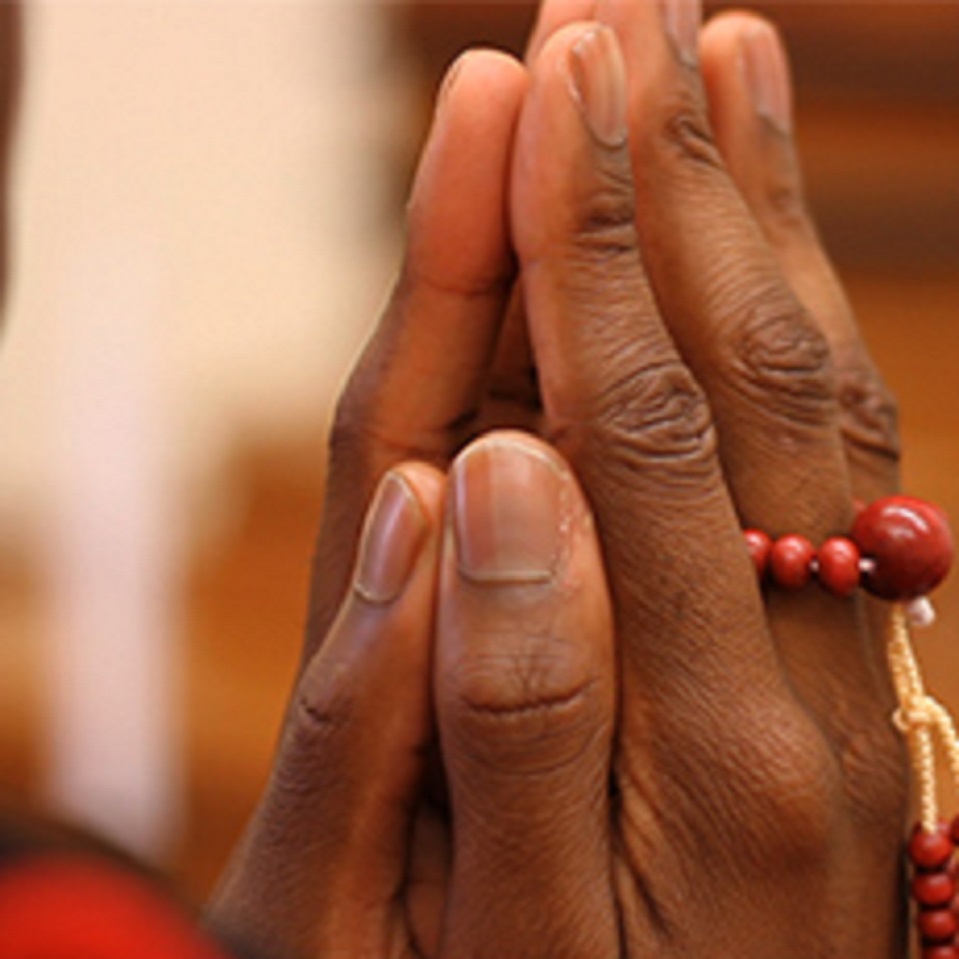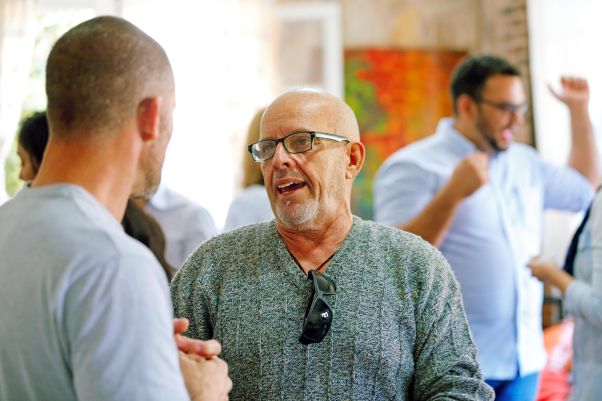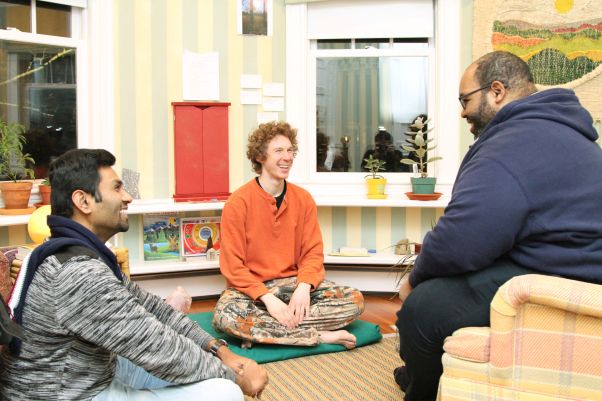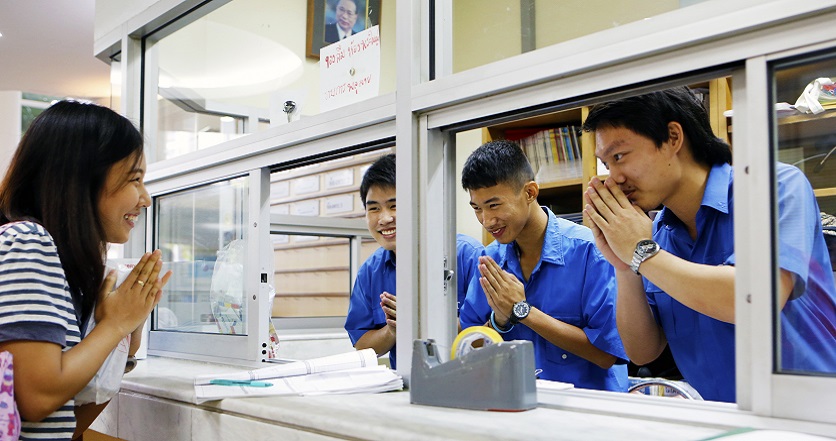- Small
- Medium
- Large
- Home
- Practicing Buddhism
- Daily Practice
Daily Practice


The basic Buddhist practice of Soka Gakkai members is chanting Nam-myoho-renge-kyo, reciting portions of the Lotus Sutra (referred to as gongyo) and sharing the teachings of Buddhism with others in order to help them overcome their problems.
The practice of chanting Nam-myoho-renge-kyo was established by Nichiren (1222–82), a Japanese Buddhist priest who sought to restore Buddhism to its original intended form and identified the Lotus Sutra as the core teaching of Shakyamuni Buddha.
Central to the practice of Nichiren Buddhism is the Gohonzon, a scroll inscribed by Nichiren containing Chinese and Sanskrit characters that Soka Gakkai members focus on while chanting. The Gohonzon aids people in the process of perceiving and bringing forth the life condition of Buddhahood from within their lives.
Through the daily practice of gongyo individuals are able to polish, strengthen and transform their lives. Sharing the teachings of Buddhism makes this transformative power available to others and activates compassion. Practice is, therefore, for the happiness of both self and others.
Applying the Teachings

Faith is the foundation, which is supported by practice and study. Practice leads to study, which in turn inspires practice. Faith is deepened through practice, while the experiences gained through practice lead to strengthened conviction. This could be described as the ongoing effort to orient one’s heart toward the ideal of Buddhahood—the continual unfolding of one’s inherent potential for good, the ability to transform any negative circumstance into a source of growth and benefit, and a life dedicated to helping others do the same.
Soka Gakkai members study the teachings of Nichiren in order to deepen their understanding of the principles of Buddhism. These writings (referred to as the Gosho, literally “honorable writings”) comprise letters he wrote to his disciples as well as treatises and doctrinal interpretations. Study of these writings strengthens faith and conviction, which finds expression in practice.
Human Revolution

A key concept in the Soka Gakkai is “human revolution”—the idea that the inner transformation of an individual will cause a positive change in their circumstances and ultimately in society as a whole.
Such transformation comes about through tackling the challenges of daily life with Buddhist practice, seeking to develop one’s potential, conquering one’s negative tendencies and taking responsibility for one’s own life and destiny. Change on a global scale comes about through this process of self-reformation in the lives of individuals—from fear to confidence, from destruction to creativity, from hatred to compassion.
As Nichiren states, “The purpose of the appearance in this world of Shakyamuni Buddha, the lord of teachings, lies in his behavior as a human being.” Buddhism teaches how to develop one’s humanity to the fullest.
Discussion Meetings

Soka Gakkai members carry out their daily practice at home, but also meet regularly with other members in their communities. The tradition of small-scale discussion meetings dates back to the earliest days of the Soka Gakkai in pre-World War II Japan. The discussion meeting serves as a focal point where members study Buddhist principles and how to apply them in everyday life.
Soka Gakkai discussion meetings are usually held on a monthly basis, and the vast majority are held in the homes of members. They give people the opportunity to develop meaningful connections and a sense of community.
The sharing of faith experiences—the transformation in people’s lives realized through Buddhist practice—is a central element of discussion meetings. The example of successfully confronting and overcoming challenges provides encouragement to others struggling with their own problems.
In this way, individual experiences of transformation become the inspiration for a wider movement of societal change.
Nichiren Buddhism includes practice for both oneself and others as well as taking action in society.
Related articles:










